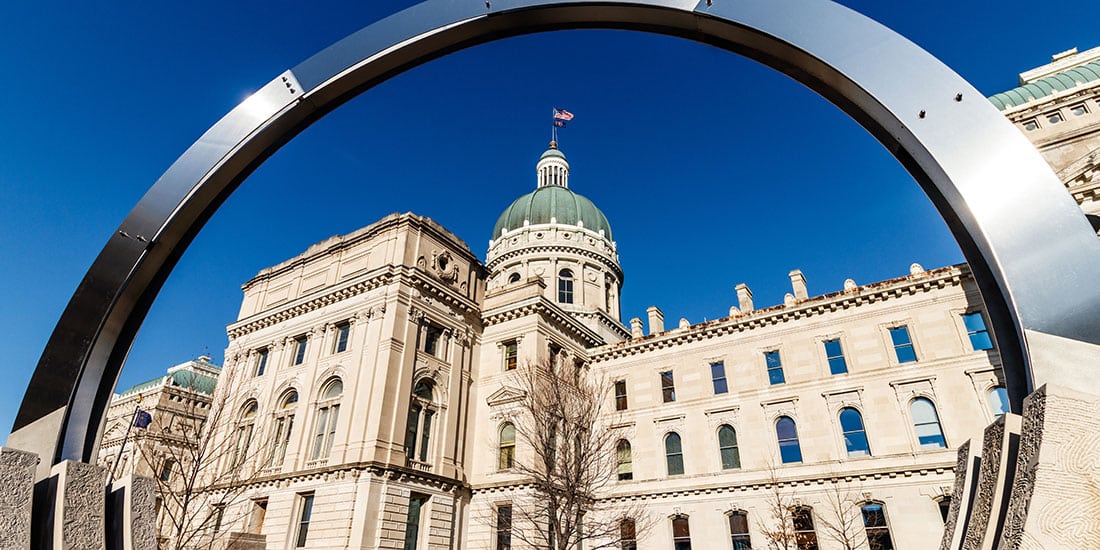For at least four good reasons.
The first is that the Indiana Constitution has a prohibition against redistricting in the middle of the decade-long census period. Savvy GOP lawmakers—yes, they do still exist—know that any plan they come up with will face an immediate challenge in court, a challenge that has a better-than-even chance of prevailing.
If it does, these Hoosier Republican legislators, many of whom will be on the ballot themselves next year, will have risked alienating the electorate with nothing to show for their efforts but the legal bills racked up in an ill-advised fight.
Indiana voters won’t be able to vent their anger on Trump, who—his clickbaity talk of a third term aside—will not grace a ballot again.
But the Hoosier lawmakers will be right there, like a pinata waiting for angry taxpayers to take a whack at.
And those voters likely will be angry.
Poll after poll indicates that Hoosiers—whether they be independents, Democrats and even, yes, Republicans—do not want the Indiana General Assembly to rewrite the rules and redraw the maps simply to help Donald Trump steal an election. Indiana voters are smart enough to realize that such redistricting trickery is an attempt to thwart rather than implement their will and will read it as an insult.
Then there’s also the possibility that, even if the courts do okay these new maps, they don’t work the way they’re supposed to.
At present, Republicans control seven of Indiana’s nine U.S. House seats.
Overall, Hoosiers offer Republican candidates 55% to 60% of their support, depending upon turnout and other factors. In the seven GOP districts, Republican candidates captured an average of 62% of the vote.
So, there are some GOP votes that could be shifted to try to offset the 68% U.S. Rep. Andre Caron, D-Indiana, and the 53% U.S. Rep. Frank Mrvan, D-Indiana, rolled up in central and northwestern Indiana, respectively.
Political professionals skilled at this sort of thing tell me it’s possible to draw maps that result in an 8-1 or even 9-0 Republican congressional delegation.
But they also tell me that the margin for error involved is much smaller than they’re comfortable with.
If there’s any miscalculation, instead of ending up with nine or even eight Republicans going to Congress, the result could be that only six, five or even four of them win.
Particularly if the electorate is disaffected by blatant political chicanery.
The last reason Hoosier Republicans have been slow to climb aboard this particular Trump train is probably the most important.
There’s nothing in it for them.
What the president asks is for Indiana GOP lawmakers to run all the risks and bear all the costs of creating new maps and possibly enraging voters—and he’s offering them nothing in return, other than the possibility that he might not punish them for not doing his bidding.
Even the Republican legislators who aren’t the sharpest knives in the drawer—and, yes, there are those, too—are smart enough to recognize a bad deal when they see one.
Donald Trump once published a book—there’s no evidence that he actually read, much less wrote any of it—called “The Art of the Deal.”
To his credit, though, he never claimed it was a good deal.
For anyone but him, that is.








